Above and Beyond
The Massachusetts Center for Adolescent Wellness is an adolescent mental health treatment center. We offer accessible and inclusive treatment that combines group, individual, family, art and music therapies in a warm and welcoming environment. At MCAW, we strive to create a platform upon which teens and their families can find true healing.
Our Services
All group therapy and individual therapy sessions provided in programming are performed by a licensed clinician. Programming can be utilized to develop new skills and reduce symptoms of mental health disorders in adolescents. Family involvement in the adolescent’s treatment is vital and needed throughout the treatment process.
MCAW provides these levels of care for teens aged 13 to 17:
- Day Treatment – most intense level of care offered at Massachusetts Center for Adolescent Wellness. Adolescents are expected to attend programming for approximately 6 hours per day, five to six days per week.
- After-School Outpatient Program – Also known as Intensive Outpatient Program (IOP), is a step-down from day treatment with adolescents expected to attend programming for 3 hours per day, three days per week.
Referring with Ease
To refer a client to Massachusetts Center for Adolescent Wellness, an admissions representative can help you along the way. Collaboration with professionals is vital to MCAW. If you refer an adolescent to our care, we will encourage your participation in their treatment and your input.
Referring an adolescent to our care includes these processes:
- Immediate insurance verification
- Coordination of Intake Appointment
- Family & Teen Consultation
- Evaluation
- Collaboration
- Admission
Our admissions team is always available to discuss our program in detail and help with recommendations for a higher level of care for any teen when needed.
Qualifying for Treatment
To qualify for treatment at MCAW, these criteria must be met:
- Between 13 and 17 years old
- Diagnosed as having a mental health disorder
- Ability to participate in programming and services
- Free of major medical conditions
- Clinical and educational records may be beneficial
- Initiating and participating in social interaction
More Information
Our admissions team is ready to answer any additional questions about the therapeutic services we offer, treatment criteria, and disorders we treat. If you have an aldolesent client struggling with a mental or behavioral health issue, reach out to Massachusetts Center for Adolescent Wellness today. MCAW is ready to help you navigate the treatment process and find a treatment plan that can best fit your client’s needs.

